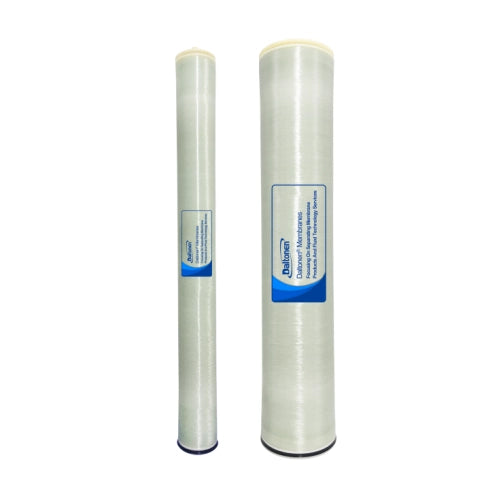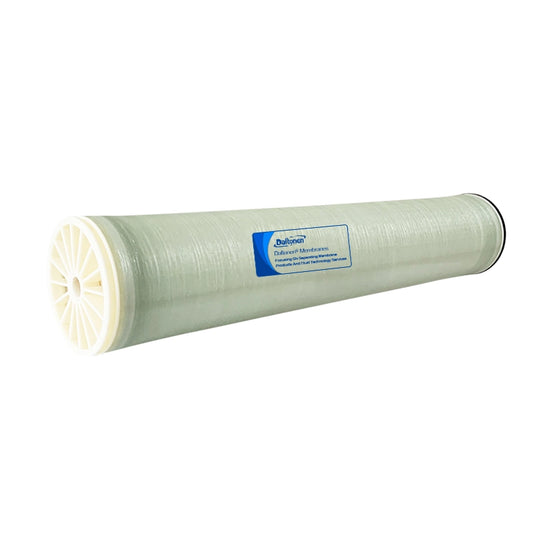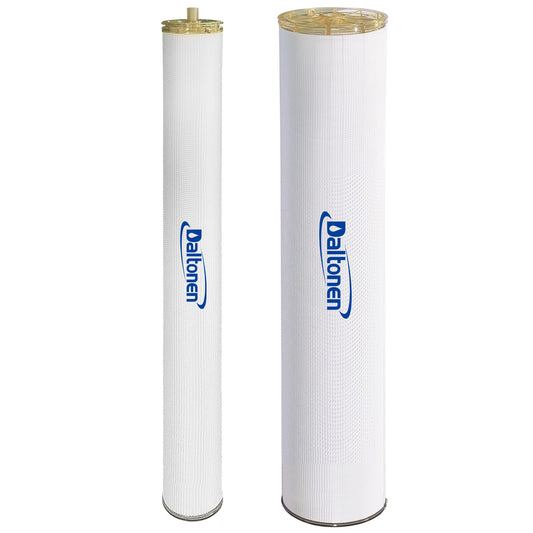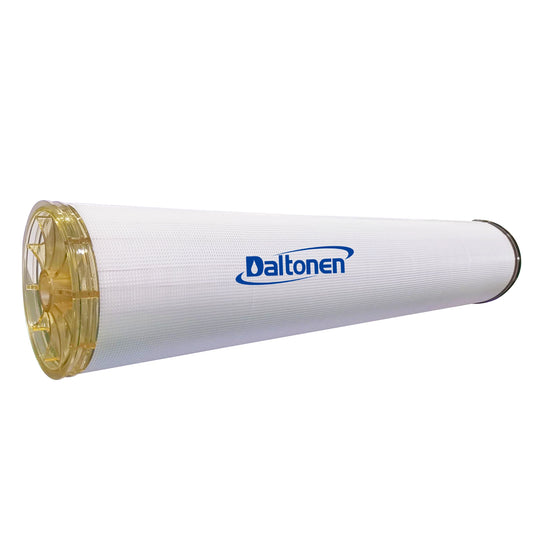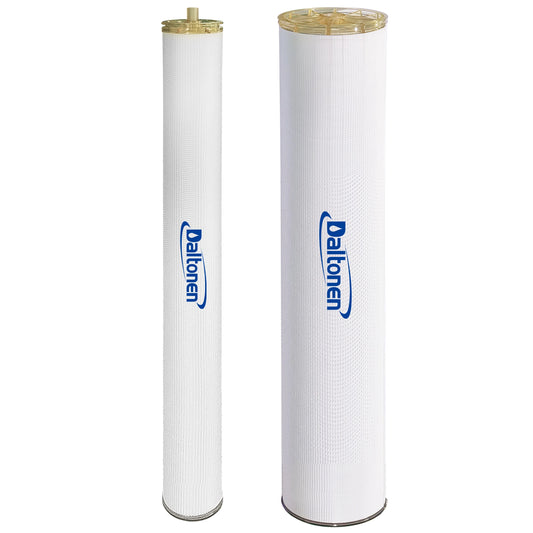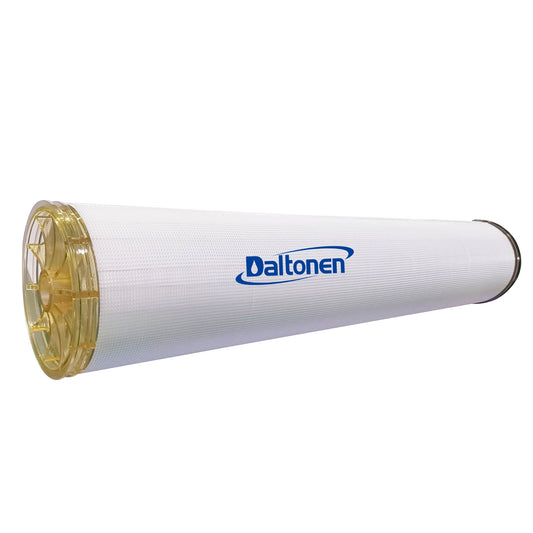Municipal Wastewater Treatment Process Plan
11 Apr 2025
1. Process Flow
Municipal wastewater treatment processes are typically divided into pretreatment, primary treatment, secondary treatment, advanced treatment, and sludge treatment according to the process and treatment procedures.
| Stage | Process Link | Main Function | Main Equipment |
|---|---|---|---|
| Pretreatment | Screen Treatment | Intercept large solid materials to protect the normal operation of subsequent pumps, pipelines, and equipment | Screens |
| Pump Station Boosting | Raise the water head to ensure that wastewater flows by gravity through subsequent treatment structures | Pumps | |
| Sand Settling | Remove sand, gravel, and large particles carried in the wastewater to reduce sedimentation in subsequent structures and prevent wear and blockage of facilities | Sand Settling Tanks | |
| Primary Treatment | Primary Sedimentation Tanks | Settle and remove suspended solids in the wastewater, and remove part of the BOD5 | Primary Sedimentation Tanks |
| Secondary Treatment | Aeration Tanks | Microbial metabolism converts most pollutants in the wastewater into CO2 and H2O | Aeration blowers, aeration devices, aeration tanks |
| Secondary Sedimentation Tanks | Microbial settling and clarification of treated water | Secondary Sedimentation Tanks | |
| Advanced Treatment | Coagulation and Sedimentation | Further remove residual pollutants in the water and improve water quality | Coagulant dosing equipment, sedimentation tanks |
| Filtration | Further remove residual suspended solids and impurities in the water to achieve higher water quality standards | Filtration tanks, filter media (such as quartz sand, activated carbon, etc.) | |
| Disinfection | Kill bacteria and viruses in the water to ensure that the effluent meets sanitary standards | Disinfection equipment (such as chlorination equipment, UV disinfection equipment, etc.) | |
| Sludge Treatment | Thickening | Reduce sludge volume and increase sludge solid content | Thickening tanks, mechanical thickening equipment |
| Digestion | Stabilize sludge properties, reduce sludge volume, and produce biogas that can be used as energy | Digestion tanks | |
| Dewatering | Further reduce the moisture content of sludge to facilitate transportation and disposal | Dewatering machines | |
| Composting or Landfilling | Improve the sanitary quality of sludge, which can be used as soil conditioner or disposed of by landfill | Composting facilities, landfill sites |
2. Cost Details of Main Equipment:
| Item | Description | Quantity | Unit Cost (RMB) | Total Cost (RMB) |
|---|---|---|---|---|
| 2.1 Coarse Screen | Used to intercept large suspended and floating materials in wastewater, such as leaves and plastic bags. Typically installed before the intake pump station. | 2 sets | 150,000 | 300,000 |
| 2.2 Fine Screen | Used to intercept smaller suspended materials, typically installed at the pump outlet. | 2 sets | 100,000 | 200,000 |
| 2.3 Booster Pumps | Used to lift wastewater to subsequent treatment structures. | 4 units | 125,000 | 500,000 |
| 2.4 Sand Settling Tanks | Used to remove sand, cinders, and other inorganic particulate matter from wastewater. | 2 tanks | 200,000 | 400,000 |
| 2.5 Primary Sedimentation Tanks | Used to settle and remove suspended solids in wastewater. | 2 tanks | 400,000 | 800,000 |
| 2.6 Aeration Tanks | The main reaction tanks of the activated sludge process, providing oxygen to microorganisms by aeration. | 4 tanks | 375,000 | 1,500,000 |
| 2.7 Secondary Sedimentation Tanks | Used to settle and remove activated sludge from the mixed liquor. | 4 tanks | 300,000 | 1,200,000 |
| 2.8 Blowers | Used to supply oxygen to aeration tanks. | 4 units | 150,000 | 600,000 |
| 2.9 Coagulation and Sedimentation Tanks | Used to further remove residual pollutants in water. | 2 tanks | 350,000 | 700,000 |
| 2.10 Sand Filters | Used to filter out suspended solids and impurities in water. | 2 tanks | 250,000 | 500,000 |
| 2.11 UV Disinfection Units | Used to kill bacteria and viruses in water. | 2 units | 150,000 | 300,000 |
| 2.12 Thickening Tanks | Used to reduce sludge volume and increase sludge solid content. | 2 tanks | 200,000 | 400,000 |
| 2.13 Digestion Tanks | Used to stabilize sludge properties and reduce sludge volume. | 2 tanks | 400,000 | 800,000 |
| 2.14 Dewatering Machines | Used to further reduce sludge moisture content. | 2 units | 500,000 | 1,000,000 |
The above costs are estimated values. Actual costs may vary depending on factors such as region, market conditions, and equipment specifications. In actual projects, other costs such as civil engineering, installation and commissioning, and electrical and automation systems should also be considered.
3. Brief Plan
3.1 Project Overview: Clarify the treatment capacity, service area, influent water quality, and effluent water quality requirements of the municipal wastewater treatment plant.
3.2 Process Selection: Choose an appropriate wastewater treatment process based on factors such as wastewater quality, flow rate, and treatment requirements. Options include the traditional activated sludge process, A-O or A-A-O processes (anoxic-aerobic or anaerobic-anoxic-aerobic processes), SBR process (sequencing batch activated sludge process), and oxidation ditch process.
3.3 Equipment Selection and Configuration: Select suitable equipment according to the chosen process, including screens, pumps, aeration devices, sedimentation tanks, filtration equipment, disinfection equipment, and sludge treatment equipment. Reasonably configure the quantity and parameters of each equipment to ensure coordinated operation.

3.4 Construction: This includes civil engineering of the wastewater treatment plant, installation and commissioning of equipment, and construction of electrical and automation systems. Construction should be carried out according to design requirements and construction standards to ensure project quality.
3.5 Operation and Management: Develop operation and management systems and operating procedures for the wastewater treatment plant. Equip with professional technical and management personnel to conduct daily operation and management, equipment maintenance, and water quality monitoring to ensure stable operation of the plant and compliance of effluent water quality.
3.6 Sludge Disposal: Determine the disposal method for sludge, such as composting, landfilling, or incineration, and construct corresponding sludge disposal facilities to properly handle sludge and prevent secondary pollution.
3.7 Environmental Monitoring and Assessment: Regularly monitor the influent and effluent water quality of the wastewater treatment plant and assess the surrounding environment to ensure that the plant's operation has no adverse impact on the environment.
Tags:


